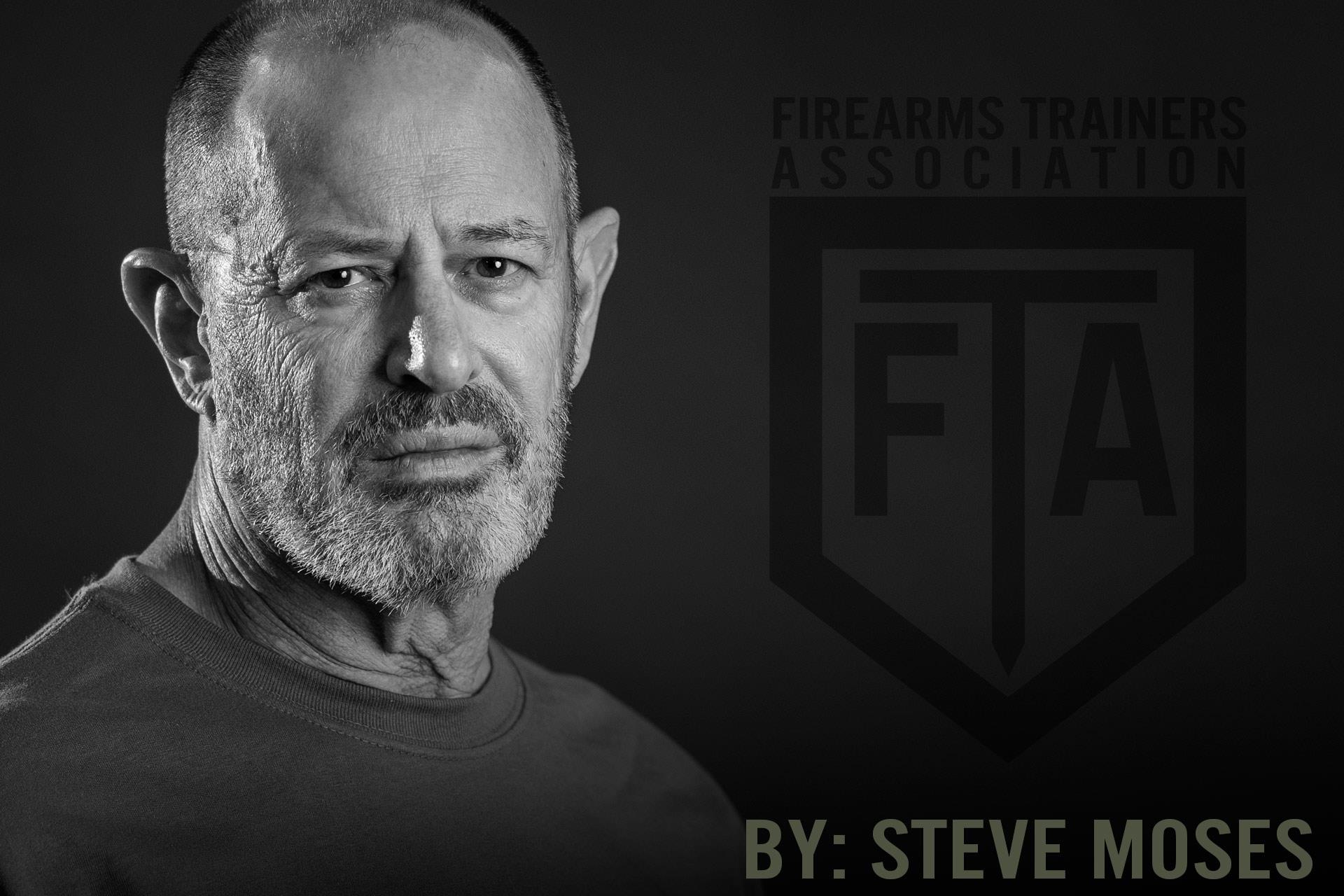
Posted on February 4, 2021 by Steve Moses in Training
The Use Of Blunt Instruments In Criminal Assaults
THE USE OF BLUNT INSTRUMENTS IN CRIMINAL ASSAULTS
A standard skateboard deck alone weighs between two and three pounds. Add the truck, bearings, and wheels and the total weight is closer to seven to ten pounds. A Major League Baseball bat weighs between two and three pounds. Both are formidable weapons in the hands of the wrong person.
A combination padlock only weighs about five ounces, but it can be used to maim and kill when inserted into a sock and swung with full force. The same was used to end the life of Boston mob boss Whitey Bulger while in prison, with officials stating that his injuries were so severe that he was almost unrecognizable.
I started teaching the use of the defensive firearm in 1994 and have continued non-stop since then. Traditional defensive use of the concealed handgun at that time mostly contemplated its use against criminals also armed with firearms, and over the years our attention turned to violent criminal actors using cutting instruments and eventually fists and feet. As such, I studied integrative defensive skills under such training greats as Craig Douglas, Paul Sharp, Cecil Burch, and Jerry Wetzel. As a result, our training program includes an initial empty hand response to a surprise knife attack, sucker punch, and entangled struggle with a bigger, stronger person. However, up to now we have spent little time contemplating the increased need for defensive skills against persons who might assault us with a blunt instrument. I have recently seen more than a few videos of persons criminally assaulted with skateboards, baseball bats, and padlocks in socks.
I suggest that firearm trainers at a minimum give consideration to making sure that their students understand the threat posed by blunt instruments. I also suggest that firearm trainers make it known to their students the difficulty that lies with using a concealed handgun alone against a person who attacks them unexpectedly with a blunt instrument (especially something like a padlock in a sock which can be readily concealed). The speed at which such an attack can unfold, the need for the concealed carrier to recognize what is happening and respond by drawing the concealed handgun and firing it accurately with a possibility of the backdrop consisting of a crowd of people, and the relative ineffectiveness of handgun rounds when it comes to quickly stopping a motivated attacker increases the odds that the concealed carrier is going to be struck and knocked down, knocked out, grievously injured, or killed.
Instructors like me are typically not satisfied with simply bringing up a problem without at a minimum pondering a solution. The traditional martial arts approach that I know is for the concealed carrier to step back out of the way as the instrument is swung so that it misses, then close on the attacker and clinch up before they can recover and swing again. The problem that I see with relying on this technique alone is that either the concealed carrier lacks the physical ability to move fast enough to avoid the strike, or the concealed carrier is unable to move backwards due to the terrain or other obstacles. Cecil Burch said: “The major problem with this response is that it is completely dependent upon seeing and realizing the attack is coming. If you are late by a fraction because you were not paying attention or slow on the uptake, you will get slammed hard by the strike.”
Rather than offer a guaranteed solution to the problem, I am encouraging other trainers to give this subject some thought and decide what is right for them. As for me, I am leaning towards a response that incorporates an aggressive forward movement while employing the default cover/three-point cover head shield position that protects my face, jaw, temples, and back of my head with the goal being to step inside the “sweet spot” of the strike and not take serious damage to my head or hands. From there my goal is to crash into the attacker and clinch, achieve a momentary superior position, and then take the appropriate action. Those actions can include disengaging, striking, throwing the attacker to the ground, or using less lethal or lethal tools.
When I make reference to the sweet spot of the strike, I mean that the maximum effect from a striking instrument is achieved if a specific portion of the same makes impact with the intended target. This specific portion will almost always be located somewhere close to the opposite end of the end the user holds in his or her hand or hands. The effect of the strike becomes more and more diminished the closer that actual impact takes place to the user’s hands. If the concealed carrier can step inside of the arc of the strike the most dangerous portion of the striking instrument may actually land behind their head.
Am I recommending this technique to other trainers? Not yet. I have lived long enough to know what the comment “it seemed like a good idea at the time” means. Until then, this is my default and I console myself by remembering that a less than perfect plan executed timely is far superior to no plan at all.
Defensive firearm trainers wanting to get a head start on being able to teach an immediate action defense against blunt instrument attacks would be well served to hook up with Cecil Burch. Savings in ammo costs alone during the current drought makes such training far more doable for many of us.